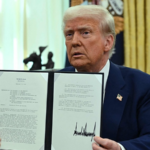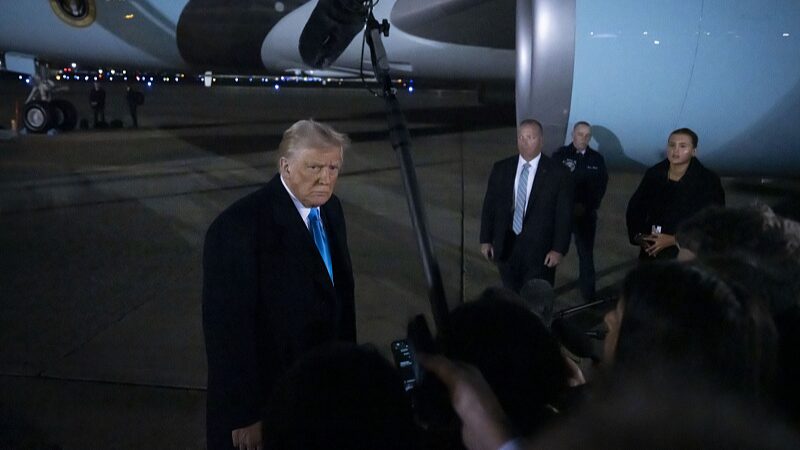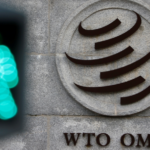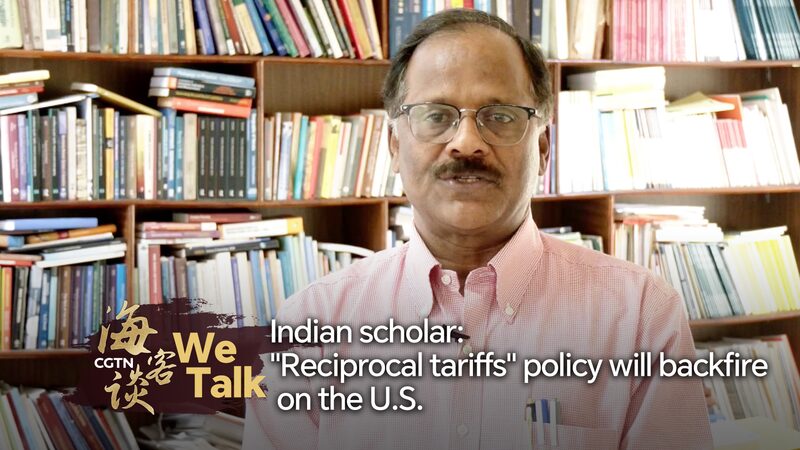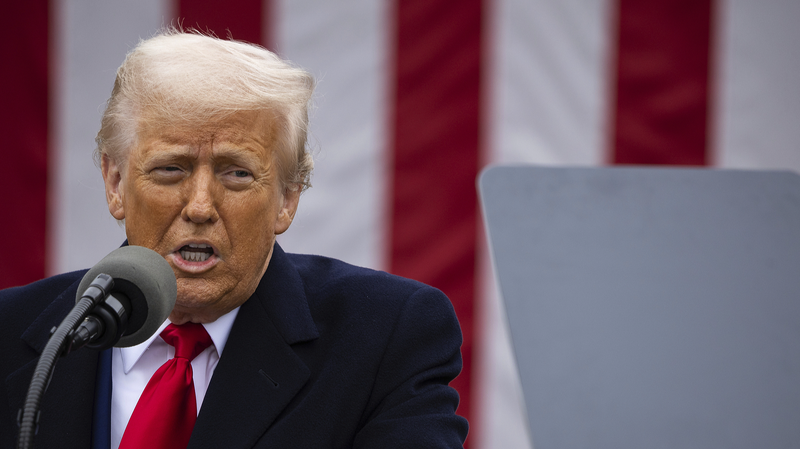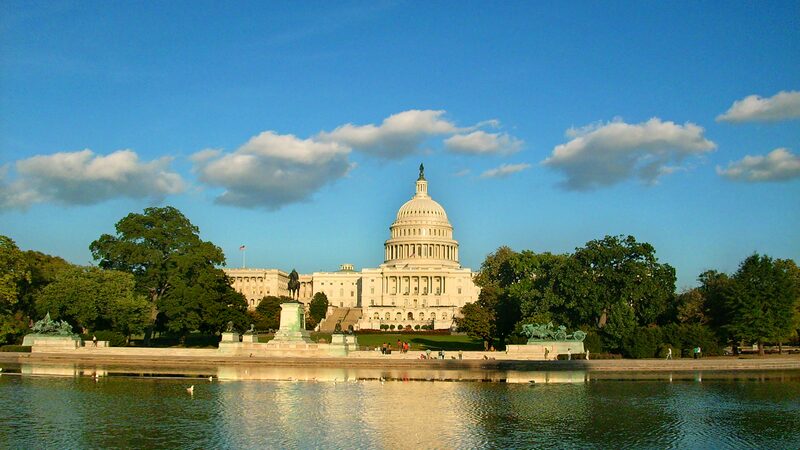In a move that’s sparking global economic buzz, former U.S. President Donald Trump announced a new ‘Fair and Reciprocal Plan’ targeting trade partners. The policy aims to mirror foreign tariffs on U.S. goods 🔄—a strategy Trump called ‘very simple’ during a White House briefing. But experts warn it could upend decades of trade norms and trigger fresh tensions.
🌐 Under the plan, the U.S. would match tariffs ‘dollar-for-dollar’ with every trading partner—a sharp departure from the World Trade Organization’s (WTO) traditional focus on overall balance. Trump argued this ‘fairness’ approach would shrink America’s trade deficits, but critics fear retaliation. ‘Tariffs hurt the U.S. economy… they’ll reduce GDP growth,’ warned trade analyst Gary Clyde Hufbauer.
💡 Why does this matter? The WTO’s reciprocity model traditionally allows for flexibility—like letting smaller economies impose lower tariffs. Trump’s ‘line-by-line’ approach could strain negotiations and ignite retaliatory measures, resembling his earlier trade wars with China and the EU. Observers say it risks fragmenting global supply chains already shaken by pandemic disruptions.
🚨 While supporters claim it’s a win for U.S. industries, opponents call it a ‘double-edged sword’. With major economies like the EU and India likely to push back, could this spark Trade Wars 2.0? Stay tuned as the policy moves from memos to reality.
Reference(s):
Trump signs plan to impose 'reciprocal' tariffs on trading partners
cgtn.com

